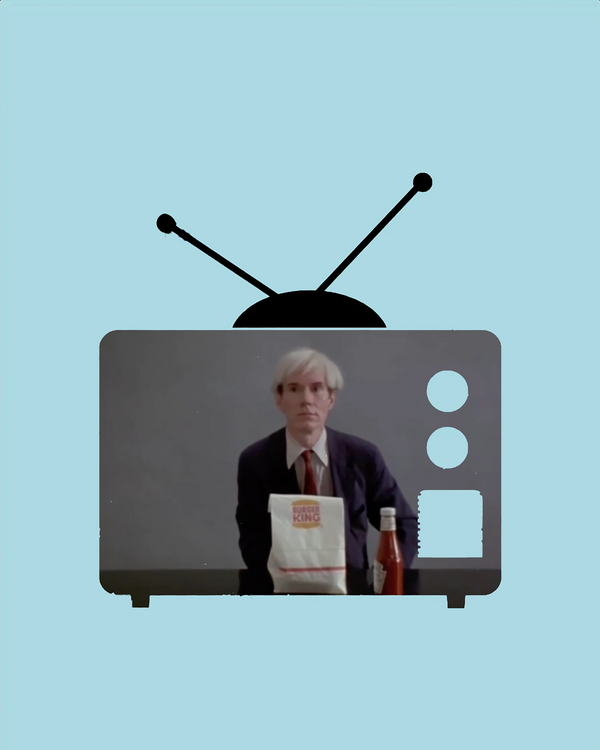Ben Driscoll
When I think of my beloved cinemas abandoned during lockdown, I imagine them being slowly engulfed by cobwebs. Tragic, right? Cobwebs have always been seen as symbols of disuse and disrepair. As they drape across Miss Havisham or Dracula’s homes, they signal a place out of step with human time and order.
I want to rethink this dim view. Dramatically zoom into a cobweb and you’ll see some beautiful crazy spiders spinning their webs and thriving. They’ve claimed an unloved space from humans, and they’re reworking the space anew. We should be proud of them!
So during our absence from cinemas, could a new multi-legged demographic of punters be bred? Perhaps the spiders are not alone in the cinemas – the earth is healing, after all. Flies could be burrowing their eggs into the front row seats as butterfly pupae dangle from the ceiling. Slugs might be smooching themselves against the walls. Each cup holder is sticky, filled with a slimy insectoid viscera. Maybe some termites will invade the projection booth: their burrowing into the electrical work clicks the projector on, light fills up the screen – the show begins.
I want to propose an inter-species film night from their cocoon to our own quarcoons, but the eternal question remains. What shall we watch?
For the oft photosensitive insect, the visual overload of experimental cinema might work. I imagined Mothlight (1963) by Stan Brakhage: a strip of clear 16mm with moth wings and leaves manually added to each cell that when projected, becomes flutteringly transcendental. Electrified moths would fly in the projector’s path, obscuring the final image with their dancing shadows.
Mothlight by Stan Brakhage 1963
But why commence a new age of film-watching with a traumatic screening of plucked wings and squished exoskeletons? Too many flies have been comically swatted and ants fried by magnifying glasses to make the bugs watch a film made with the bodies of their dead comrades. Our audience deserves more thoughtful, enlivening programming.
So I propose Phase IV (1974): a dose of 70s eco-paranoia that would make their spindly back legs rub with glee. The only feature film from prolific Hollywood graphic designer Saul Bass (who did Psycho’s title sequence and The Shining’s poster!), Phase IV centres on the consequences of a bizarre astronomical event. Instead of mass chaos, something small but vital happens – ants of different species begin to communicate and organise. As they climb their way up the animal kingdom in the Arizona desert, a typically impenetrable scientist and a rational communications expert make their way to examine (and maybe reason with) the colony.
Phase IV finally gives the ant its close-up – and it’s a horrible one. If giant papier-maché tarantulas terrorised B-movie-goers in the 50s, then Phase IV’s new macro-photographic technology (employed by wildlife photographer Ken Middleham) must have summoned sublime terror in the 70s. Blown up on the screen, twitching, staring back at us, we see the glossy black horror of what crawls beneath us every day. What was once squishable, now a prototype for Alien’s resilient xenomorph. Even more frightening are the ants’ silent, indecipherable movements as they collude to conquer the scientists.
Bass uses the strange ant sequences as if he’s telling a rousing new genesis mythos, with humans no longer of interest. I'm thrilled by the a-human newness proffered by the film, which also manifests itself in the colony’s habitat: seven brutalist dirt towers, erected in dialogue with the sun. Opposite the towers, the scientists conduct their experiments in a geodesic dome. The unexplainable anthills loom over it – invoking a feeling of both the ancient and the alien – belittling the mid-century futurism of the dome as just cute sci-fi optimism. Something too big for human comprehension grows just out of sight in Phase IV, as my woodlice crunch on leftover nachos in the cinema.
When the scientists are forced out of the safety of their dome, they face a new ecological order of which they are not in control. Thus, Phase IV’s final moments are a bizarre swim through a psychedelic primordial soup; an avant-garde visual newness that merges human with ant and setting sun. I hope the insects will still be paying attention at this point instead of eating eachother – it should be a thrill to see humanity abstracted anew at the will of The Bugs.
Insects might be slowly restructuring our cinemas with their webs and nests, but film culture online has taken on a hive-minded mode too. There’s Twitch-streamed festivals, filmmakers distributing their own art on Vimeo, major films going straight-to-VOD, Netflix Parties, and many other resources being generously pooled as we bide our time. Though the livelihood of film workers hangs in the balance, people are feeling their way into a new landscape of sci-fi proportions – perhaps the film industry is in a chrysalis. So when pest control finally busts open the cinemas there might be something amazing to behold.
But while we wait for that new to emerge, I want to share a small inter-species playlist, a youtube wormhole for the bug-eyed and attention-deficit: one of arthropod representation, new sensory experiences and porn. You can leave it on for the mosquitos at night, or watch with the lice crawling through your hair right now. Your decision!
Cocoons – A playlist
Check LONYC weekly our take on: film, food, fashion, politics, photography, music and creative writing. Follow us, feel the vibe @laidoffny.
Get to know Ben better, @lolbendriscoll for all his latest film endeavours.



